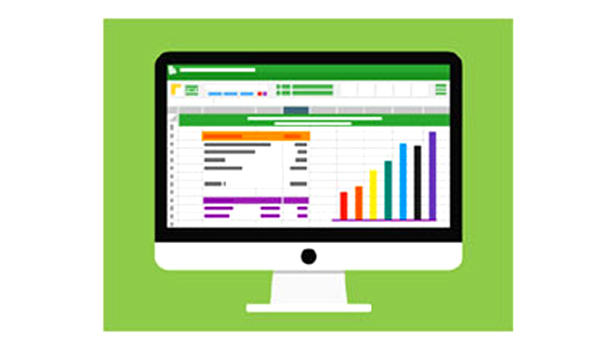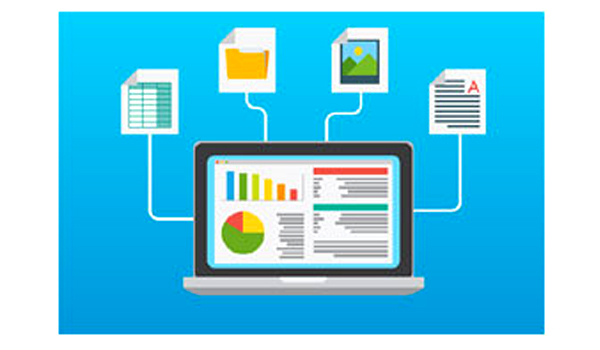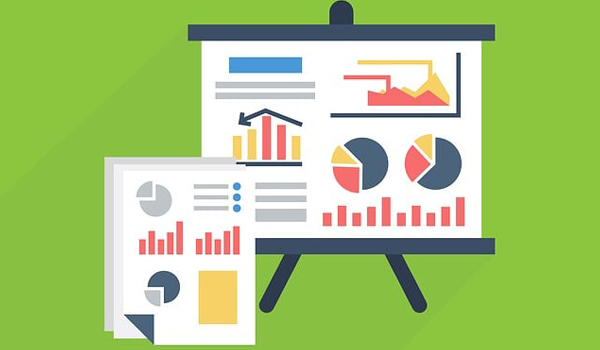Unleashing the Power of Data: How Analytics Drives Business Growth
The process of analyzing datasets in order to derive conclusions from the information contained within them is refer as 'data analytics'.
Updated: September 22, 2023

Data can be used by businesses to better understand their customers, optimize their advertising efforts, tailor their content, and boost their profits. Although, there are numerous benefits of data, but these cannot be accessed without the right methods and data analytics tools. A lot of information is hold by raw data. But, data analytics can help analyze these data, and turn into information that can grow your business.
What is data analytics for business?
The process of analyzing datasets in order to derive conclusions from the information contained within them is refer as 'data analytics'. You are allowed to take raw data and extract important insights by uncovering patterns within the data by using data analytic techniques.
Data analytics approaches mostly rely on specialized software and systems that combine automation, machine learning algorithms, and other features. A variety of data analytics methodologies are applied by data analysts in data science research to extract useful information, which is then used by companies to guide their judgments. Businesses are assisted by data analyses in better understanding their clients, personalizing content, evaluating their advertising efforts, developing content strategies, developing new products, and more.
The data utilized for businesses can be composed of new information or historical data gathered for a specific project. Companies may either acquire it from other businesses or collect it directly from their customers and site visitors. First-party data is the data collected by a corporation on its own customers whereas a second-party data is data obtained from a recognized data collection entity. Third-party data is an aggregated data purchased from a marketplace. The demographics, interests, and actions of an audience can be included in the data used by a company. However, a lot more than the collection of data and decision-making based on probable insights are entailed for successful data analytics operations. A key component of any successful analytical effort is an overarching data strategy.
What is the strategy of a data analytics for business?
Several aspects of data inside a company, including how information is collected, stored, used, and maintained are encompassed and directed in a data strategy. It can be guaranteed by a strong data analytics strategy that incoming data is of high quality, uniform, and that it provides an overall view of commercial and operational strategy and execution without adding bias or silos. It can also be guaranteed by businesses that their analytics are relevant and dependable by delivering value across the whole data process with a successful strategy.
Data analytics and market opportunity analysis tools should be used by an organization to make informed, strategic decisions if it is looking to test products in an international market and expand their business, whether it is an established business or a new startup with a great business idea. This is crucial in terms of international trade.
How can data analytics help your e-commerce business?
Analytics are important for any kind of business because you will be able to make more informed decisions that generate the best possible results for your e-commerce business by using them. Some of the main benefits of data analytics for B2B e-commerce include:
Mitigating risk and fraud:
There are risks involved everywhere when you do a business. Uncollected receivables, customer or employee theft, staff safety, and legal responsibility are just a few examples of them. Data analytics can help identifying risks and finding the right preventative steps in an organization.
Enhance security:
Security and fraud analytics are important since there can be misuse of all physical, financial, and intellectual assets because of internal and external threats. Firms will be able to easily recognize potentially fraudulent behavior and predict future activity, as well as identify and trace perpetrators with procedures that involves different deterrent methods.
Streamline operations:
A lot of challenges, including a considerable risk of negatively impacting customer experience and, brand loyalty due to that can result because of poor operations management. Analytics can be used to design, regulate, and streamline the operations of company in the creation of products or services will result in enhanced efficiency and effectiveness in meeting customer expectations and achieving operational excellence.
Personalization and service:
Companies are still combating with quantitative data, such as Excel files or SQL databases which is something they must be particularly responsive in order to deal with the volatility caused by clients who interact with digital technology. The only way to respond in real-time is advanced analytics, which is crucial to making the customer feel personally appreciated. Interactions are allowed to be tailored to the personality of customer with big data by predicting their opinions. Various aspects, such as real-time location are also taken into account to help deliver personalization in a multi-channel service environment.
You will have some insight into the importance of data analytics and how it can help your business with the above benefits, whether you have a wholesale e-commerce business or another kind of business.
How to implement data analytics for your business:
Meaningful insights that will help your company grow can be uncovered by leveraging data and business analytics. But you can't just throw data into a business intelligence platform and expect it to work. You need to follow best practices to ensure that you are making intelligent, proper data-driven business decisions. You can analyze customer data to improve capital allocation and marketing segmentation, gather data from programs and disparate sources to create predictive models, or sort through cyber security data to make your infrastructure more secure with the help of data and business analytics. You should do the following things to implement data analytics for your business:
Decide on key metrics:
It is essential to decide on the metrics that are relevant to your organization as a business analyst before starting a business intelligence project. For example, conversion rates and customer spending data are two important factors to consider when reviewing customer data and advertising to discover your best customer acquisition data. Executives can focus on essential indicators by removing irrelevant business data from visualizations when making choices that may influence the direction of a division or organization. The following questions need to be considered when deciding which indicators to prioritize:
- What is the ultimate goal of the information collected?
- How this will data assist me in achieving my business objectives?
- Am I using predictive analysis or data mining?
Avoid common data modeling mistakes:
A technique to model the data appropriately is required if you want to get useful insights from all the data you have collected. This means frequent errors, such as neglecting to account for how calculated fields may influence your model, disregarding small data sources, and using sloppy naming conventions should be avoided. You might wind up with data models that are costly and unclear if these potential errors are not taken in to account.
You need to take the time to outline your analytics goals, especially if you are combining data from many sources. Complicated data can be easily reproduced if you ensure create suitable dimensional hierarchies that allow users to drill down into the data, computed fields are consistent, and follow other data modeling best practices.
Create correct dashboards:
Data visualization is at the heart of how we engage with data for non-technical users. You can enhance your dashboard design by choosing visuals that demonstrate the link between the broader context and the highlighted material, as well as ensuring that key stakeholders can understand the essential points with a single glance.
Decisions on the hierarchy of the collected information, dashboard design, and other factors are required for displaying complex analytics. Your users will not feel overwhelmed if your visuals will be more relevant, logically structured, and streamlined. These can be achieved through proper planning.
Choose the correct tool:
Several alternatives are there to consider when assessing business intelligence tools. They may appear to be identical in many respects on the surface, but they are vastly different in reality. Many technologies lack the capacity to manage big datasets pulled from multiple sources as they are solely focused on visualization or are simply incomprehensible. Additional strain on IT workers are put by this. So, unified data analytics platform can be used to bring performance, reliability, and consistent user experience to every stage of the data lifecycle.





